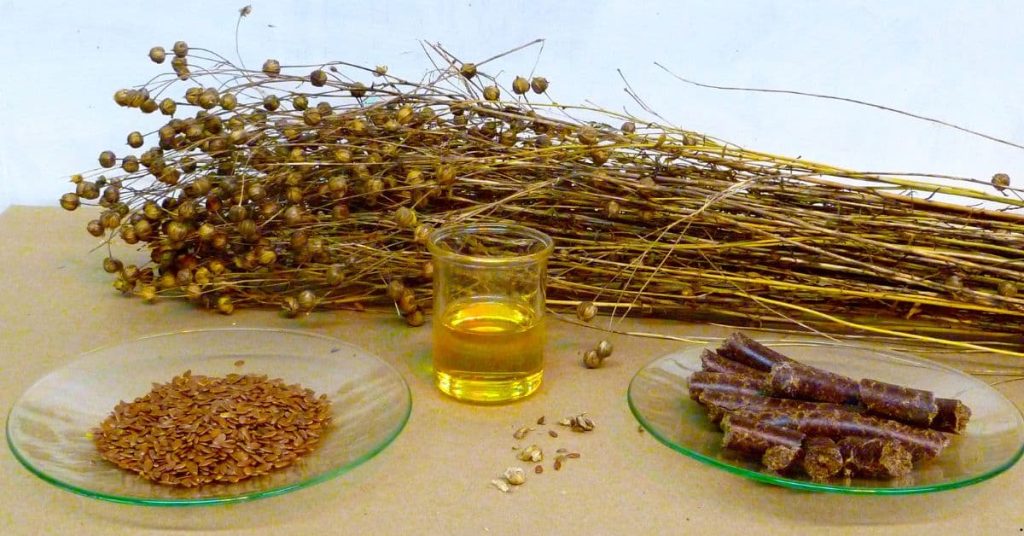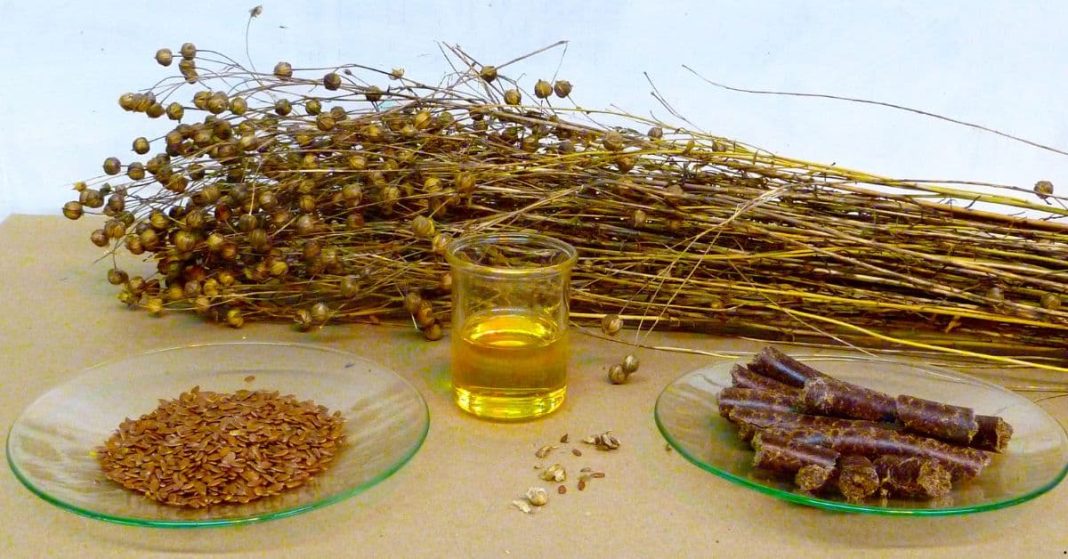Long before flaxseed became a popular superfood in modern wellness culture, it was a staple in folk medicine traditions across Eastern Europe, the Middle East, and parts of Asia. Known for its versatility and healing power, flaxseed was used by village healers and grandmothers to support digestion, relieve inflammation, and strengthen the heart. Its applications were simple, natural, and rooted in everyday life.
Today, science confirms what folk practitioners have known for centuries: flaxseed is one of nature’s most potent and accessible medicinal plants. This article explores the traditional uses of flaxseed in folk medicine—especially for digestive health and cholesterol control—and shares simple recipes still used in homes and rural communities.
What Is Flaxseed?

Flaxseed, also known as linseed (Linum usitatissimum), comes from the flax plant, which has been cultivated for over 5,000 years. While the plant was traditionally used for fiber (linen), its seeds held a prominent place in folk medicine. Ground, soaked, or brewed, flaxseed served as a natural remedy for internal imbalances and physical discomfort.
Rich in omega-3 fatty acids (particularly ALA), soluble fiber, lignans (plant compounds with antioxidant and hormone-balancing properties), and essential minerals, flaxseed’s nutritional profile makes it an effective treatment for a range of common health issues.
1. Digestive Health and Constipation Relief
In rural Eastern Europe, especially in countries like Ukraine, Poland, and Russia, flaxseed tea or porridge was a first-line remedy for digestive discomfort. Whether caused by poor diet, stress, or seasonal changes, constipation and indigestion were typically treated with ground or whole flax soaked in warm water.
Traditional Remedy:
- 1 tablespoon of flaxseed (whole or ground)
- Pour 250 ml of boiling water over it
- Let it steep and thicken for 15–20 minutes, stirring occasionally
- Drink slowly, ideally in the morning on an empty stomach or at night before bed
How it works:
Flaxseed’s mucilage—a natural, gel-like fiber—coats the stomach and intestines, reducing irritation and improving bowel movement regularity. The fiber also acts as a gentle bulking agent, relieving constipation without the side effects of synthetic laxatives.
2. Lowering Cholesterol and Supporting Heart Health
In many parts of the Caucasus and the Balkans, flaxseed was consumed regularly as a heart tonic. It was believed to “clean the blood” and “soften the vessels,” old expressions referring to the prevention of atherosclerosis and circulatory issues.
Traditional Use:
- Ground flaxseed was added to bread dough or mixed into yogurt, kefir, or honey
- In winter, it was consumed as part of warm herbal gruels or with goat’s milk
How it works:
Flaxseed is rich in soluble fiber, which binds to LDL cholesterol in the digestive tract and helps eliminate it. The omega-3 content also supports healthy blood vessel function and reduces inflammation, both key factors in heart disease prevention.
3. Gastritis and Ulcer Soothing
In Transylvanian villages and Georgian highland communities, a popular remedy for gastritis and stomach ulcers involved flaxseed gel or flax-based decoctions. Elderly patients were given this soothing mixture for weeks at a time during flare-ups.
Traditional Remedy:
- Boil 1 tablespoon of flaxseed in 300 ml of water for 10–15 minutes
- Strain to remove the seeds
- Drink the warm gel once or twice daily before meals
How it works:
The mucilage layer coats the stomach lining, protecting it from acid and promoting healing. The anti-inflammatory properties further reduce irritation and discomfort.
4. Folk Remedy for Cough and Throat Irritation
Though less known today, flaxseed tea was also used as a home remedy for persistent coughs and sore throats, especially in cold winter months.
How to Prepare:
- Mix flaxseed with licorice root and honey
- Brew into a tea and sip slowly throughout the day
The gel-like tea would ease throat irritation and help suppress dry coughs, especially when no pharmacy was nearby.
5. Flaxseed Compress for Joint Pain
In both Georgian and Armenian folk traditions, warmed flaxseed was sometimes used externally as a poultice for sore joints or muscle pain.
Traditional Use:
- Flaxseeds were gently heated in a dry pan
- Wrapped in cloth and applied warm to the affected area for 20–30 minutes
The warmth and oil from the seeds helped reduce inflammation and improve circulation.
6. Flaxseed and Women’s Health
In rural women’s circles, flax was known to help with menstrual irregularities and symptoms of menopause. Village healers recommended flaxseed infusions or oil as part of daily meals for women in midlife.
Why it works:
Flax is one of the richest plant sources of lignans, compounds that act as phytoestrogens—natural plant hormones that may help regulate the body’s hormonal balance. These compounds were believed to “calm the womb” and support mood and energy.
Flaxseed is a shining example of how folk medicine often anticipated the findings of modern science. From soothing the stomach to supporting the heart and balancing hormones, its uses have stood the test of time.
While the forms of consumption have changed—from rustic porridge to modern smoothies and capsules—the essential wisdom remains: flaxseed is one of nature’s most versatile and healing gifts.
If you’re interested in incorporating flaxseed into your routine, start with one tablespoon of ground flax per day, added to water, yogurt, or soups. As with all natural remedies, it’s best to consult with a healthcare professional, especially if you have existing conditions or are taking medication.













